Chicagoland’s premier merit shop mechanical contractor celebrates a decade of continued growth with the support of dedicated employees and loyal customers.
Did you miss our previous article…
https://www.ab-sessions-plumbing-building-services.com/?p=582
DriSteem Releases New Webinar on Optimizing Agricultural Growth with Correct Relative Humidity Levels
The educational webinar teaches the importance of humidity levels to successfully grow plants indoors.
Did you miss our previous article…
https://www.ab-sessions-plumbing-building-services.com/?p=581
DDI System Announces David Greene as New Director of Business Development
In his new role, Greene is responsible for growing the company’s business in all markets, finding new business opportunities, and helping to build a strong, recognizable brand.
Did you miss our previous article…
https://www.ab-sessions-plumbing-building-services.com/?p=580
How ‘Bots’ Can Change Your Warehouse and DC Lifestyle: Update 2.0
This free webinar will be held Dec. 7 from 1:00 p.m. to 2:00 p.m. EST.
Did you miss our previous article…
https://www.ab-sessions-plumbing-building-services.com/?p=579
Mueller Associates Names Todd Garing President
Garing joined the firm in 1993 and has served as vice president and group manager since 2007.
Did you miss our previous article…
https://www.ab-sessions-plumbing-building-services.com/?p=578
What to Do When Someone Puts Dish Soap in Your Dishwasher
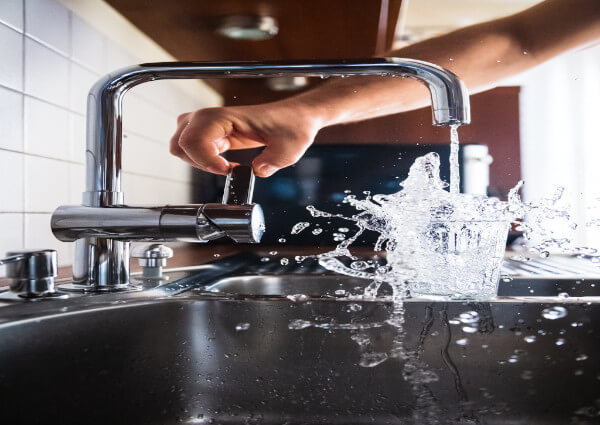
>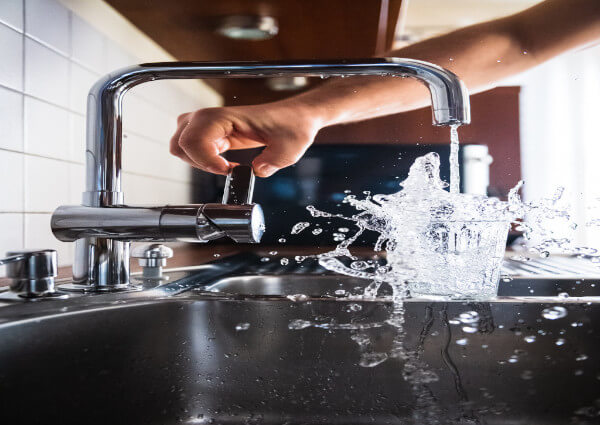
There’s only one main difference between dish soap and dishwashing detergent, but it’s a big one. Dishwashing detergent does not create suds, but dish soap does. The idea of a dishwasher overflowing with bubbles might paint a funny picture but it’s also big, messy problem. If you accidentally put dish soap in dishwasher once, it’s a headache. If it happens more than once, the soap scum build up could eventually damage your dishwasher.
If the worst happens and you find yourself facing an endless soap avalanche, don’t fret. We’ll tell you how to clean out a dishwasher with dish soap in it. More importantly we’ll tell you how to restore your dishwasher to prevent future problems. If your dishwasher doesn’t work properly after these steps, call the pros at Mike Diamond to help.
How to Fix Dishwasher with Dish Soap in It
First things first, stop the dishwasher immediately. Cancel the wash cycle. If you’re lucky, the suds haven’t quite overflowed just yet. The sooner you turn off the dishwasher, the better your chance of keeping the suds out of the machine’s inner workings.
Once you’ve canceled the cycle, your dishwasher should start draining. It won’t clear everything out, but it’ll make the clean-up process a little less damp.
Clean up any overflow.
If you couldn’t stop the cycle in time, you’ll have some cleaning up to do. Don’t let water sit and seep into cabinetry or floorboards. Use a wet mop to clean up the overflow. Since the mixture is water and soap, wiping it up with dry towels can leave residue behind.
Silver lining: your floor is now clean.
Take out the dishes.
Before you clear out the pipes and drain, you’re going to have more sopping up to do. Open the dishwasher after it finishes its initial draining. Remove the dishes and move them into the sink.
Rinse off the dishes in the sink to remove any scummy residue that might have clung to them during the overflow. Consider washing the dishes by hand just this once, while your dishwasher is… recovering. Otherwise, just rinse them off and leave them in the sink. After you’re done cleaning, you can simply put the dirty dishes back in the washer for another cycle!
How to get suds out of the dishwasher.
This is the labor-intensive part. You’re going to have to rinse out and dry the inside of your dishwasher. If you don’t clean it fully, you’ll continue to have problems with suds and soap scum.
Use a small bowl or pan and repeatedly fill it with clean water to rinse away bubbles. If your dishwasher is close enough to your sink, you could use your sprayer to rinse it out.
Keep rinsing until bubbles don’t appear when you pour the water into the inside and bottom of the appliance. After you’ve rinsed enough, use towels to wipe down and dry out any remaining water. You may have to remove the drawers to complete this step.
Turn on the rinse cycle and let it run.
You don’t have to do a full cycle. Run the rinse cycle for three to five minutes. It should be enough to remove any remaining suds. If you’ve done everything else listed here, you should be free of dish soap in your dishwasher. If there are suds, the rinse cycle will wash out any remaining residue. Once that’s done, your dishwasher should be back in working condition.
Don’t Put Dishwashing Soap in Dishwasher!
Now you know what happens if you put dish soap in the dishwasher. Hopefully you’ve successfully flushed your dishwasher after the soap suds fiasco and lived to tell the tale. The next time this or any other plumbing emergency happens give us a call. The team at Mike Diamond is happy to service your dishwasher to ensure you have clean dishes for a long time.
The post What to Do When Someone Puts Dish Soap in Your Dishwasher appeared first on Mike Diamond Services.
Did you miss our previous article…
https://www.ab-sessions-plumbing-building-services.com/?p=565
Air Pros USA Teams up with Florida Gators to Recognize Local Veterans
As part of the Saluting those Who Serve game at Ben Hill Griffin Stadium, Air Pros CEO Anthony Perera was recognized on the field and surprised five local veterans with a free air conditioning unit.
Did you miss our previous article…
https://www.ab-sessions-plumbing-building-services.com/?p=554
Flow Expo to Return in March 2022
Information on attending or exhibiting at the show can be found by visiting www.flowexpousa.com.
Did you miss our previous article…
https://www.ab-sessions-plumbing-building-services.com/?p=553
Why Power Surges Happen and How to Prevent Them
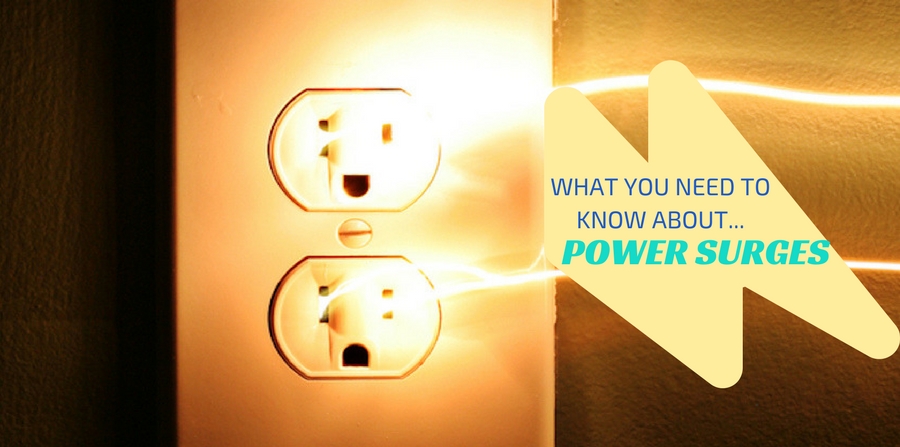
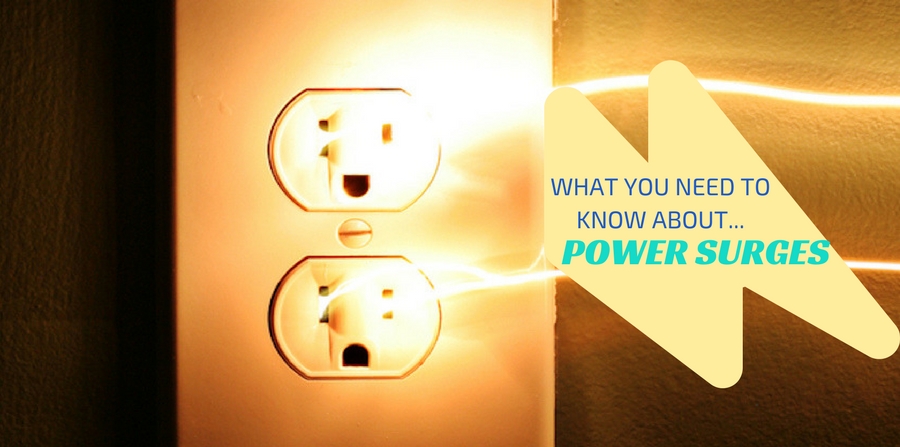
Los Angeles homes have more electronic devices plugged in and drawing power now than ever before. While modern electrical grids can supply power evenly and safely, power surges can result from several causes outside and inside the home.
Every homeowner should understand the basics about power surges and how to prevent them. Over time, even small power surges can cause damage to appliances and devices. Here’s a quick primer on everything you should know about power surges, and what you can do to stop them.
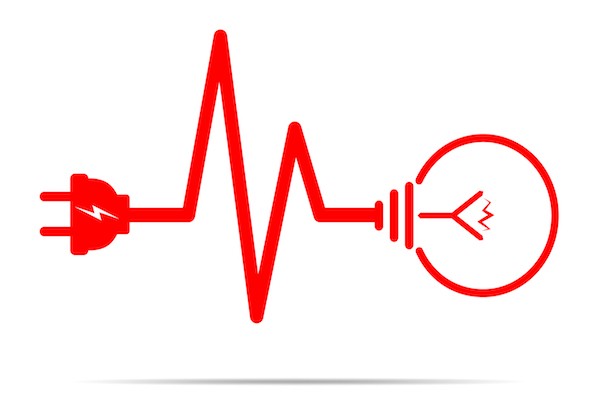
What is a Power Surge?
A power surge is an extremely fast and intense power spike in your home’s electrical current. Surges are also referred to as “transient voltage” because they’re caused by the sudden presence of an overvoltage traveling through an electrical system.
Wall outlets normally supply 120 volts of AC power, but the actual voltage level in the system fluctuates between 0-169 volts. Most home appliances and devices are designed to handle this small fluctuation but an increase above 169 volts is considered a power surge. When a surge travels into your home’s electrical current, the voltage spikes can be damaging and dangerous.

What Causes Power Surges?
Most people associate power surges with lightning. When lightning strikes near a power line, its energy discharge can boost the line’s electrical pressure by millions of volts. That electrical boost runs through the power line and into your house, and BOOM!
Luckily, lightning is one of the rarest causes of power surges. Most surges are a bit more mundane.
High-powered home appliances such as air conditioners and refrigerators require a lot of power to switch on. When these appliances request this power, they can inadvertently create a spike in your electrical system. These “switching surges” aren’t as severe as lightning surges, but they can still do damage and wear other circuits over time.
Surges can also come via the power company. Your electrical company occasionally switches grids to access different power sources. When these switches occur, there may be an accidental surge of electricity. A transformer malfunction or faulty transmission line can also create an unwanted power surge in your house.
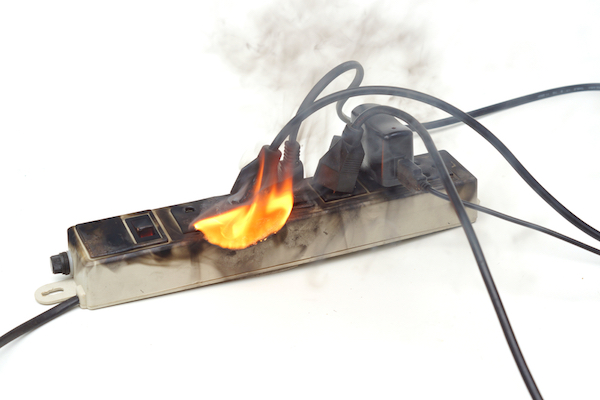
Why Are Surges a Problem?
Simply put, power surges with large voltage spikes can be damaging or dangerous. Surges can damage or destroy plugged-in electrical devices.
When too much electricity flows through an appliance at once, the appliance could overheat, break down, or even catch fire. This uncontained arc generates heat, which could melt or erode appliance components. A severe enough surge could even start a fire!
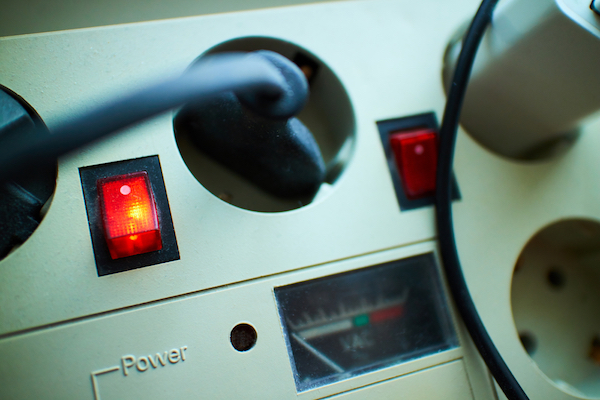
How Can I Prevent Electrical Surges?
The easiest and best way a homeowner can protect against power surges is to use a surge protector. Surge protectors are a type of power strip. They contain one input to be plugged into the wall, and several outlets to plug other devices into. Newer versions also have a power surge USB port to protect your USB devices while they are plugged in.
The difference between a power surge protector vs power strip is surge protectors absorb any excess energy running through them. During a surge, the protector redirects excess voltage toward the grounding wire to neutralize it. Service-panel surge protectors work the same way, but they fit directly onto your circuit breaker to prevent power surges from entering your home’s electrical system.
Reduce the Risk of Power Surges in Your Home
For more information on power surges, check out the National Institute of Standards and Technology’s informational booklet.
If you need help with any electrical problem, give Mike Diamond a call today. Our fully licensed electrical contracting professionals have the experience and know-how to diagnose and repair any problem with your electrical system. We can help prevent dangerous overvoltage from causing damage in your home.
The post Why Power Surges Happen and How to Prevent Them appeared first on Mike Diamond Services.
Did you miss our previous article…
https://www.ab-sessions-plumbing-building-services.com/?p=546
How Does Pipe Corrosion Work?
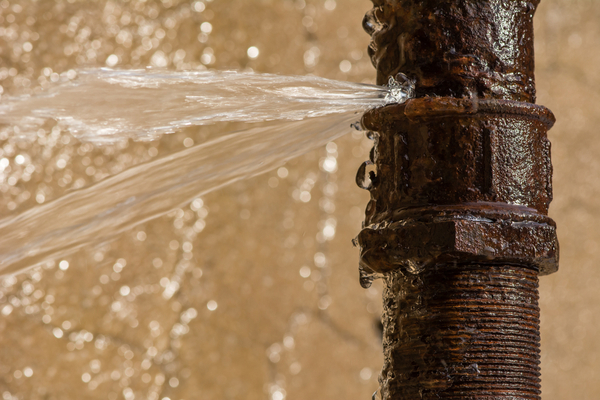
>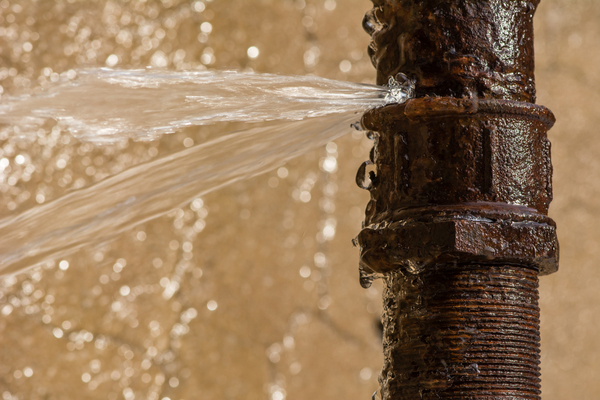
Pipes don’t last forever. Even copper pipes, despite their 50+ year lifespan, develop corrosion over time and in certain conditions. How does pipe corrosion affect your plumbing and your home’s water? And how do you prevent your pipes from corroding?
Corrosion affects different types of pipes in different ways. Cast iron pipe corrosion looks different than galvanized pipe corrosion and it can be caused by several factors. The bottom line: we want your plumbing and the water you drink to be safe.
What are the Causes of Pipe Corrosion?
Corrosion is an electrochemical electron exchange. This means the metal in your pipe loses electrons due to contact with another substance. This wear on a molecular level becomes bigger and bigger and eventually leads to rust, clogs or leaks.
Here are some of the more common causes of corrosion in metal pipes:
Low PH. A low PH (less than 7) indicates that your water is acidic. Acidic water can dissolve pipes from the inside and a common cause of copper pipe corrosion.High oxygen. A higher level of oxygen in your water can accelerate oxidation or rust. Unchecked rust that builds up over time will corrode and block your pipes.Water properties. High mineral content in hard water can cause calcification and lead to mineral buildup. Metals in water can cause galvanic corrosion where electrons transfer from metals with high electron count to metals with fewer electrons.Electrical currents. An ungrounded electrical current can travel down a copper pipe and stimulate a corrosive reaction.High velocity. Water traveling at a high velocity, especially hot water, can wear out your pipes prematurely.
How Does Pipe Corrosion Affect My Water?
Depending on the type of pipes you have, corrosion will affect your water in different ways. These effects can include:
DiscolorationTurbidity (cloudiness)Bitter tasteFoul odorHealth problems
Iron pipes will rust and eventually clog. The additional iron in your water can result in reddish colored water. While added iron doesn’t pose a health risk, the taste may be unappealing.
Copper pipes may produce blue colored water or water stains. This blue color indicates the presence of copper in your water due to corrosion. Too much copper can cause health problems that lead to liver or kidney damage. Luckily, the problem is visible well before it becomes a health risk.
Plastic and PVC pipes resist corrosion but because they are a newer material, there is not a lot of data on their long-term properties. The primary risk for corrosion is along joints and connectors where metal or rubber parts are used.
Lead pipes are extremely dangerous when corroded. Lead in water can cause serious health problems, especially in children. If you have lead plumbing anywhere in your home, have it replaced immediately and don’t drink your water.
How Does Pipe Corrosion Affect My Plumbing?
Water pipe corrosion inside your home can create numerous problems including:
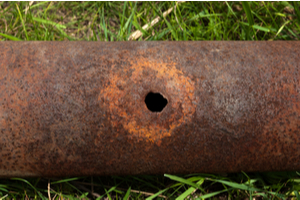
Low water pressureLeaksPinholesBreaksRust stainsDamaged appliances
As your pipes corrode, they can develop small holes or cracks that eventually lead to large breaks and flooding. Interior corrosion can slow water pressure or clog your faucets and water heater. Rust might stain your sink.
If you’ve noticed lower water pressure, higher water bills and cloudy or discolored water, you probably have pipe corrosion somewhere in your home. Pipes can become thin or brittle without visual evidence.
How to Prevent Corroded Pipes
Have a certified plumber check your pipes to make sure they are safe and working properly. This is best way to be certain to be sure corrosion isn’t destroying your plumbing and to maintain healthy water in your home.
If your water is a problem, take a Langelier Saturation Index (LSI) test to determine what is causing the corrosion. The LSI test is a standard water quality test that measures:
PHConductivityTotal dissolved solidsAlkalinityHardness
*Note: The Langelier test does not identify lead in water. A separate, lead specific, test is required.
A water softener or water filter, hard wired into your water supply, can treat harsh water before it travels through your pipes. Use a water softener to remove excessive minerals that create buildup and make washing difficult. A water filter can remove chemicals and bacteria that accelerate corrosion. It will also remove make your water taste better!
How to Clean External Copper Pipe Corrosion
Copper pipe green corrosion is the result of oxidation. This patina is similar to rust in other types of pipes. Over time, this type of corrosion can lead to bigger issues.
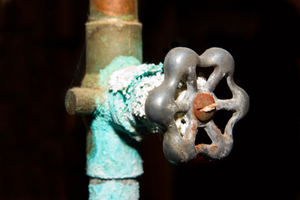
To clean your copper pipes, you can use one of two methods:
A commercial metal polish designated for copper.A paste of white vinegar, salt and flour.
Follow the package instructions if using the commercial polish. To use the natural paste, brush it on to the affected areas and wait for ten minutes. The acid in the vinegar should loosen the alkali stains. Wipe away with a clean cloth. Repeat as necessary.
Repair or Replace Your Corroded Pipes
Don’t wait for rust colored water and damaged walls to let you know you have a significant plumbing issue. While pipe replacement can be a big job, the alternative can be much worse. Call or contact Mike Diamond today for a certified technician to examine your pipes for corrosion. We can help you decide the best course of action when corroded pipes compromise your water.
The post How Does Pipe Corrosion Work? appeared first on Mike Diamond Services.
Did you miss our previous article…
https://www.ab-sessions-plumbing-building-services.com/?p=541
